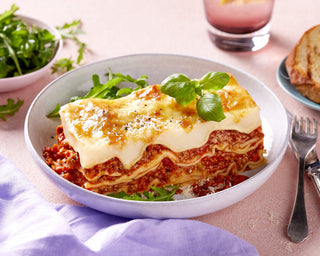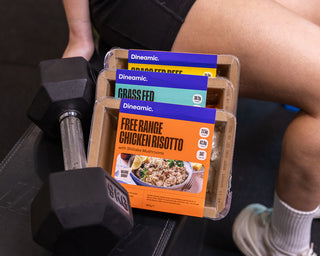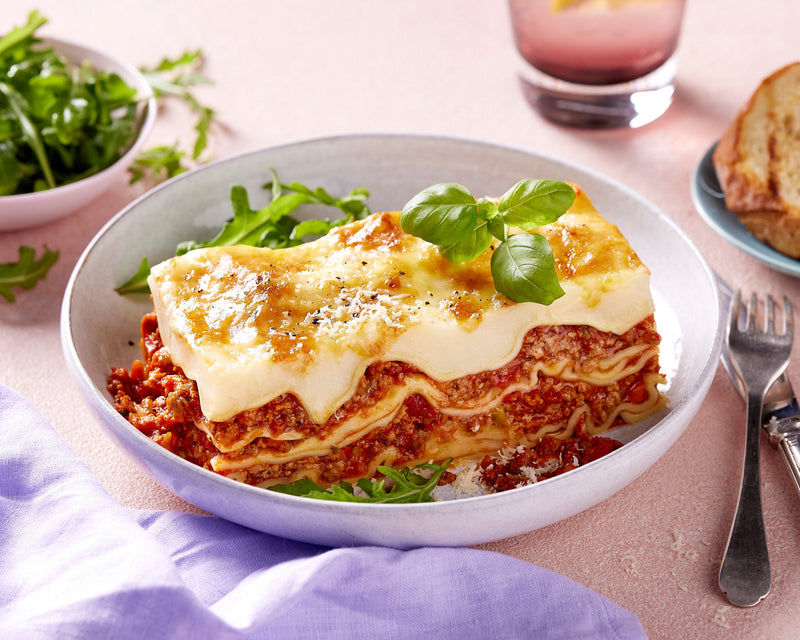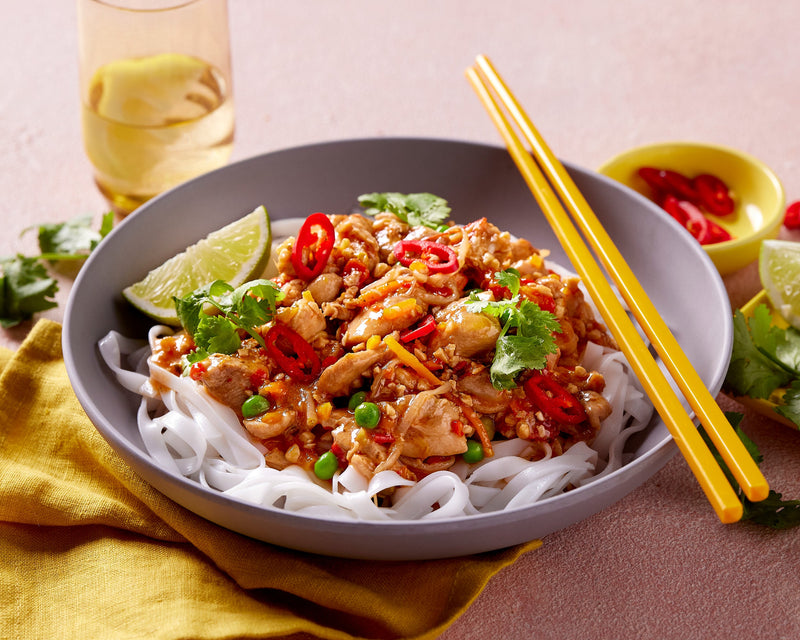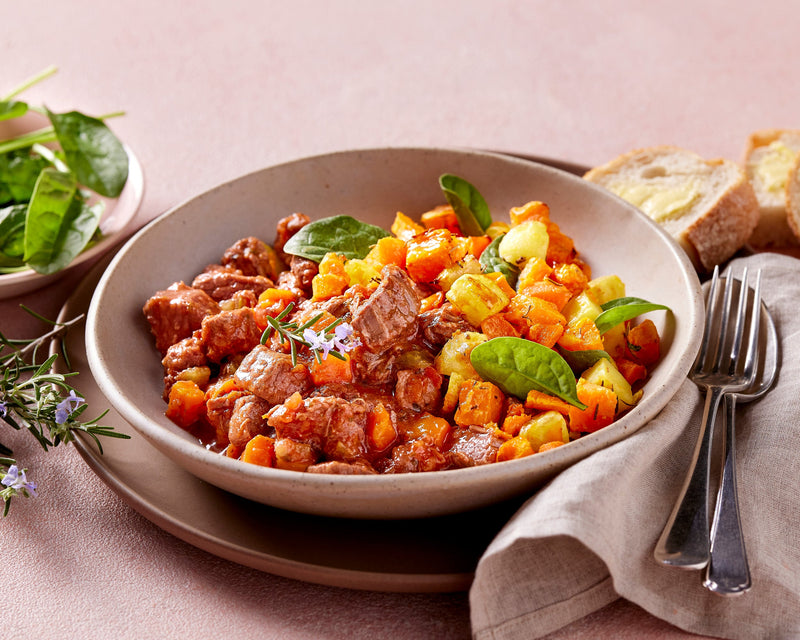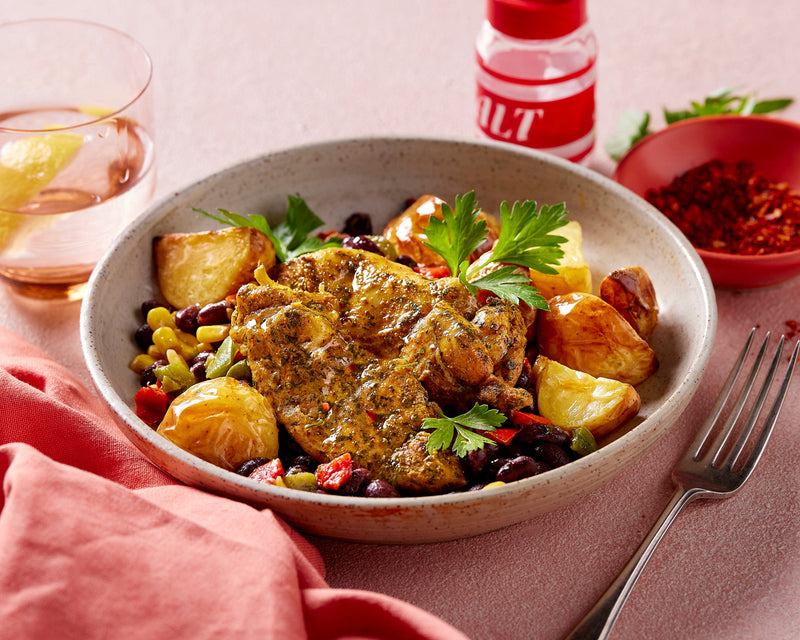Spring is here which brings many positives, with the pretty flowers, baby animals and sunshine! but to burst many bubbles... along comes hay fever. Some of us walk around with no issues while others suffer with watery itchy eyes, sneezing and blocked noses. If you’ve experienced it you know how frustrating it is when you’re trying to enjoy your spring picnic but cannot taste your food or enjoy yourself!
What is Hay Fever and why do we get it?
Hay fever is a nickname for Allergic Rhinitis - a strange nickname considering fever is not a symptom! So why do we get hay fever? Well essentially our bodies are freaking out about forgien matter in our nasal systems, our immune system recognises environmental particles and overreacts, as these particles aren’t actually dangerous to us. Particles like dust, pollen or grass ... SO scary? But like a protective older brother, our immune systems want these particles out!
In the hopes of this our bodies produce antibodies which triggers the production of anti- inflammatory chemicals like histamine, it's this response that causes uncomfortable and unwanted symptoms.
So how can we minimise these symptoms?
Well did you know that some studies show a correlation between what you eat and the severity of your hay fever? This means what we eat can help us feel better, pretty cool huh?
This is because some foods contain histamine, which is absorbed by our bodies and may intensify our symptoms. Avoiding these foods whilst experiencing hay fever may help lower histamine levels in the body.
What food groups to aviod if you have Hay Fever!
These foods include chocolate, dairy, fermented food, wheat, sugar, coffee, eggplant, avocado, shellfish and alcohol. There are also foods that trigger the body to produce histamine. These are alcohol, bananas, tomatoes, beans, chocolate, cashews, citrus fruits and peanuts.
What food groups help with Hay Fever?
Thankfully, there are many foods on our side when we are enduring hayfever! These include garlic, honey, blueberries, ginger, carrots, onions and salmon. These are anti-histamine foods that contain certain chemicals that are capable of blocking histamine receptors in our bodies, therefore may elevate hay fever symptoms. These foods all have a common ground, being a rich source of flavonoids(powerful antioxidants) such as quercetin, vitamin C and B-carotene. Sipping on herbal tea like ginger, peppermint and green tea, can also help with hay fever as they are usually high in antioxidants, and the hot water soothes congestion and can clear our nasal passage.
Hopefully with these tips may help you avoid and alleviate the symptoms that for some come with spring, so you can get out and enjoy the colours of the flowers, pat the cute animals, soak up the sunshine and enjoy your picnic!
Alicia McIntyre


